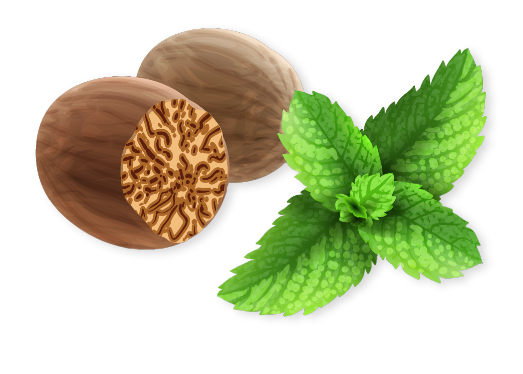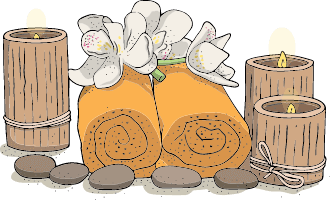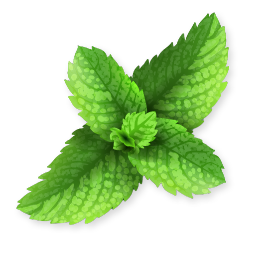Tennis Elbow vs. Golfer’s Elbow: Understanding the Differences and Treatment Options
Tuesday, November 28, 2023Tennis elbow and golfer’s elbow are two common conditions that affect many individuals, causing pain and discomfort in the elbow and forearm. While these conditions may seem similar, there are distinct differences in their causes, symptoms, and treatments. This article will explore these aspects, and briefly touch upon how Ayurveda views such conditions, if applicable.
Understanding Tennis Elbow
Definition and Causes
Tennis elbow, medically known as lateral epicondylitis, is a condition caused by overuse of the arm, forearm, and hand muscles. It leads to pain and tenderness on the outside of the elbow. Common causes include:
- Repetitive motions, like tennis strokes
- Manual work like carpentry
- Typing or other repetitive office tasks
Symptoms
The primary symptom of tennis elbow is:
- Pain and tenderness on the outside of the elbow, which may radiate into the forearm and wrist
Treatment Options
Treatments for tennis elbow typically include:
- Rest and ice to reduce inflammation
- Over-the-counter pain relief medications
- Physical therapy exercises
- In severe cases, surgery may be recommended
Golfer’s Elbow: A Different Challenge
Definition and Causes
Golfer’s elbow, or medial epicondylitis, occurs due to overuse of the muscles in the forearm that allow you to grip, rotate your arm, and flex your wrist. Repetitive stress and strain lead to pain on the inside of the elbow. Common causes include:
- Sports like golf
- Activities requiring forceful gripping
- Repetitive manual tasks
Symptoms
Key symptoms of golfer’s elbow include:
- Pain and tenderness on the inside of the elbow, possibly extending to the forearm
Treatment Approaches
Treatment for golfer’s elbow is similar to tennis elbow and may include:
- Rest and ice
- Pain relief medications
- Specific physical therapy exercises
- Surgery in persistent cases
Comparing Tennis Elbow and Golfer’s Elbow
| Aspect | Tennis Elbow | Golfer’s Elbow |
| Location of Pain | Outside of the elbow | Inside of the elbow |
| Cause | Overuse of outer arm muscles | Overuse of inner arm muscles |
| Common Activities | Tennis, carpentry, typing | Golf, forceful gripping tasks |
| Treatment | Rest, ice, medication, therapy | Rest, ice, medication, therapy |
Preventive Measures
Prevention is key for both conditions. Tips include:
- Regularly stretching and strengthening arm muscles
- Using proper techniques in sports and daily activities
- Taking frequent breaks during repetitive tasks
Ayurvedic Perspective
In Ayurveda, conditions like tennis and golfer’s elbow might be viewed as imbalances in the body’s natural constitution. While Ayurveda does not specifically address these conditions, principles such as maintaining balance, proper nutrition, and regular exercise are emphasized for overall joint and muscle health. However, Ayurveda should be considered complementary to conventional treatments and not as a primary treatment method for these conditions.
Understanding the differences between tennis elbow and golfer’s elbow is essential for effective treatment and prevention. Both conditions, while similar in their overuse nature, differ in their specific locations and causes. By incorporating appropriate preventive measures and seeking the right treatment, individuals can effectively manage these conditions. Additionally, holistic approaches like Ayurveda may offer complementary benefits in maintaining overall muscle and joint health.
You can write to us.
BOOK APPOINTMENT



























